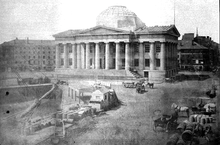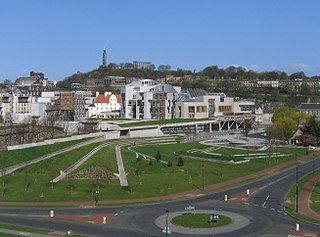This article needs additional citations for verification .(March 2015) |
| |||
|---|---|---|---|
| Buildings and structures +... |
The year 1849 in architecture involved some significant events.
This article needs additional citations for verification .(March 2015) |
| |||
|---|---|---|---|
| Buildings and structures +... |
The year 1849 in architecture involved some significant events.


The year 1935 in architecture involved some significant architectural events and new buildings.
The year 1911 in architecture involved some significant architectural events and new buildings.
The year 1863 in architecture involved some significant architectural events and new buildings.
The year 1932 in architecture involved some significant events.
The year 1892 in architecture involved some significant events.
The year 1868 in architecture involved some significant events.
The year 1870 in architecture involved some significant architectural events and new buildings.
The year 1901 in architecture involved some significant events.
The year 1883 in architecture involved some significant events.
The year 1837 in architecture involved some significant events.
The year 1848 in architecture involved some significant events.
The year 1845 in architecture involved some significant architectural events and new buildings.
The year 1840 in architecture involved some significant architectural events and new buildings.
The year 1824 in architecture involved some significant events.
The year 1711 in architecture involved some significant events.
The year 1829 in architecture involved some significant events.
The year 1770 in architecture involved some significant events.

The architecture of Scotland includes all human building within the modern borders of Scotland, from the Neolithic era to the present day. The earliest surviving houses go back around 9500 years, and the first villages 6000 years: Skara Brae on the Mainland of Orkney being the earliest preserved example in Europe. Crannogs, roundhouses, each built on an artificial island, date from the Bronze Age and stone buildings called Atlantic roundhouses and larger earthwork hill forts from the Iron Age. The arrival of the Romans from about 71 AD led to the creation of forts like that at Trimontium, and a continuous fortification between the Firth of Forth and the Firth of Clyde known as the Antonine Wall, built in the second century AD. Beyond Roman influence, there is evidence of wheelhouses and underground souterrains. After the departure of the Romans there were a series of nucleated hill forts, often utilising major geographical features, as at Dunadd and Dunbarton.
Sir Henry Tanner (1849–1935) was a prominent British architect during the late 19th and early 20th century, working for HM Office of Works.